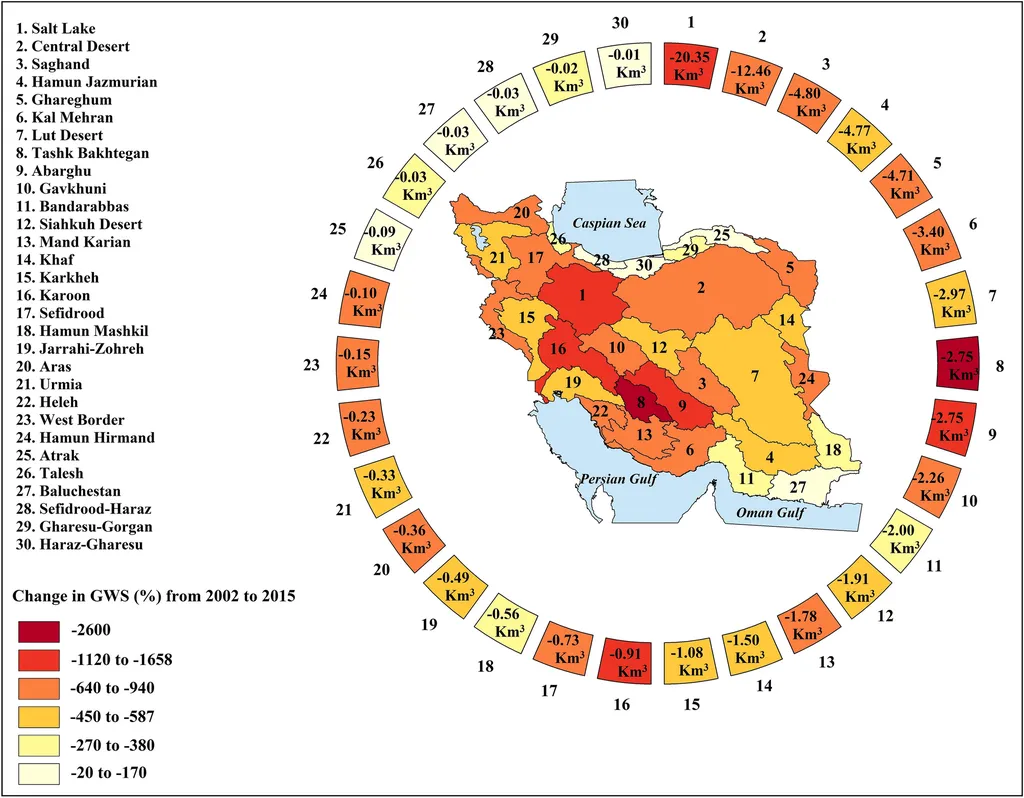In the heart of Iran’s Kurdistan Province, a groundbreaking study is reshaping how we understand and manage droughts, with significant implications for the energy sector. Somaye Allahvaisi, a researcher at the Kurdistan Agricultural and Natural Resources Research and Education Center, has pioneered a method that integrates geostatistics and the Standardized Precipitation Index (SPI) to map drought patterns with unprecedented accuracy. Her work, published in the journal ‘Advances in Civil Engineering and Environmental Science’ (translated as ‘مجله پیشرفت در مهندسی عمران و علوم محیط زیست’), offers a practical framework for enhancing drought risk management, particularly in data-scarce regions.
Allahvaisi’s study focuses on the Sefidrud watershed, a critical area for water resource management. By analyzing precipitation data from 30 stations over three decades, she calculated the SPI and mapped its spatial distribution using various geostatistical interpolation methods. The results were striking: while 95% of the basin remained under normal conditions, about 3% experienced moderate to severe drought, with the most intense periods occurring in 1998, 1999, 2005, and 2008.
The study’s innovative approach lies in its use of Inverse Distance Weighting (IDW) with power two, which outperformed traditional Kriging methods. “IDW with power two proved to be more suitable for areas with relatively uniform station distribution and limited spatial autocorrelation,” Allahvaisi explains. This finding is particularly significant for the energy sector, where accurate drought prediction can inform water resource allocation and mitigate risks associated with hydropower generation.
The study also revealed a strong positive correlation between SPI and groundwater levels, underscoring the hydrological significance of meteorological drought. This correlation is crucial for the energy sector, as groundwater is a vital resource for cooling thermal power plants and maintaining river flows for hydropower.
Allahvaisi’s research not only enhances our understanding of drought patterns but also provides a practical tool for regional drought monitoring and water-resource management. As climate change intensifies drought conditions worldwide, her work offers a timely solution for enhancing resilience in semi-arid basins.
The implications of this research extend beyond Iran, offering a model for other data-scarce regions grappling with drought management. By integrating SPI-based IDW mapping into regional drought monitoring, energy companies can better anticipate and mitigate the impacts of drought on their operations. This proactive approach can enhance energy security, reduce costs, and ensure sustainable water resource management.
As the energy sector continues to evolve, the need for accurate drought prediction and effective water resource management will only grow. Allahvaisi’s research provides a compelling example of how innovative scientific methods can address these challenges, paving the way for a more resilient and sustainable future.

